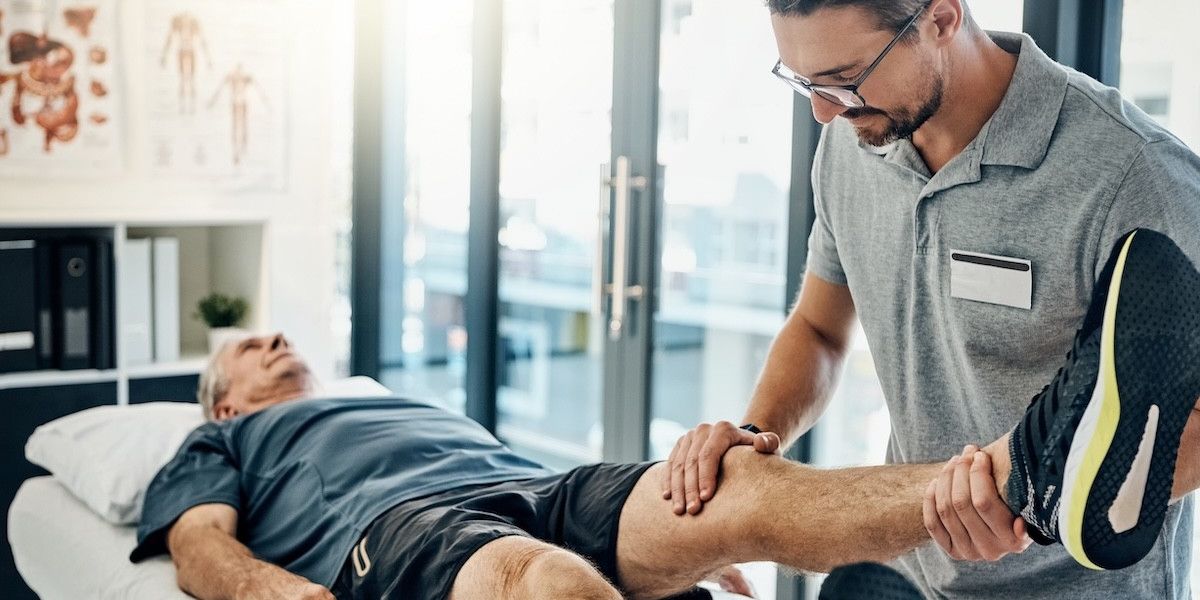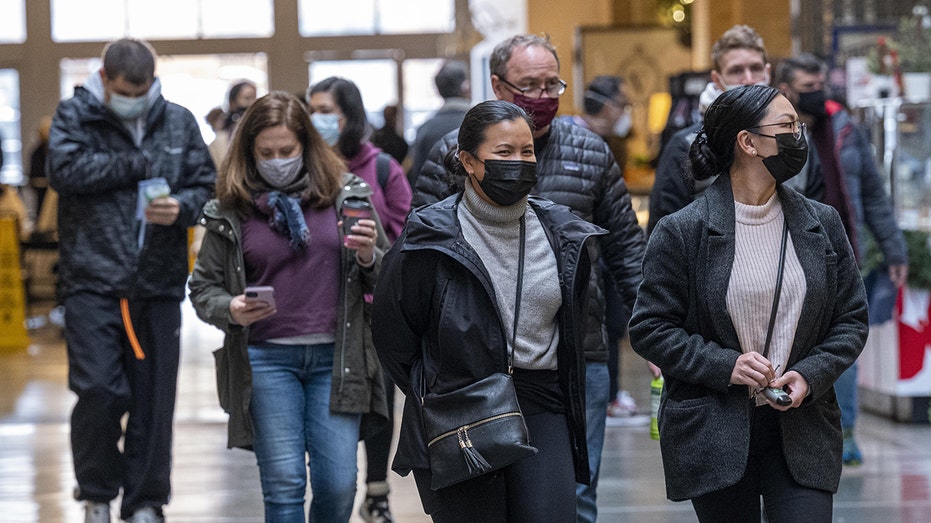Three Simple Strategies to Delay Knee Replacement Surgery

GENEVA – In a groundbreaking revelation, researchers have identified simple non-drug therapies that could delay the need for knee replacement surgery, offering new hope to millions suffering from knee osteoarthritis (KOA).
Immediate Impact on Global KOA Sufferers
The World Health Organization (WHO) estimates that 365 million people worldwide live with knee osteoarthritis, a debilitating condition characterized by pain, swelling, and stiffness in the joints. This condition predominantly affects women and individuals over the age of 60, although it can begin as early as the late 40s to mid-50s.
While severe cases often lead to knee replacement surgery, mild symptoms are typically managed with nonsteroidal anti-inflammatory drugs (NSAIDs). However, prolonged use of NSAIDs is linked to significant gastrointestinal and cardiovascular risks.
Key Details Emerge from Recent Study
According to an osteoarthritis management study, regular NSAID use is associated with gastrointestinal toxicity, including asymptomatic mucosal damage and serious complications such as bleeding ulcers. Additionally, NSAIDs may affect blood pressure and the body’s clotting system, potentially leading to cardiovascular events, as noted by rheumatologist Dr. Daniel H. Solomon from the Arthritis Foundation.
Due to these alarming side effects, experts suggest that NSAIDs are not ideal for long-term KOA management. Similar concerns are raised about corticosteroid or hyaluronic acid injections, which can exacerbate knee joint damage and increase fracture risk.
Promising Non-Drug Therapies Identified
Researchers have highlighted three non-drug therapies as particularly effective for KOA patients: knee braces, water therapy, and exercise. These findings were published in a new meta-analysis in the journal PLOS One, which evaluated 12 non-drug treatments across 139 clinical trials involving approximately 10,000 participants.
- Knee braces were top-rated for reducing pain, improving function, and relieving stiffness.
- Water therapy effectively eased pain.
- General exercise consistently improved both pain and physical function.
The study authors emphasized that these accessible therapies could reshape clinical guidelines, favoring safer, lower-cost interventions over high-tech options like ultrasound, which ranked last in effectiveness.
Expert Analysis and Recommendations
Echo Wang, founder and CEO of Yoga Kawa, advocates for yoga as a significant pain reducer for knee osteoarthritis. “I recommend focusing on poses done lying down, which minimize pressure on the joints,” Wang told Best Life. She suggests the Savasana, or corpse pose, to help unwind the body and reduce knee tension.
Similarly, Pilates instructor Juanita Franke recommends Pilates footwork for enhancing knee range of motion and core stability. “Footwork is excellent for working the glutes, hamstrings, and quads,” she noted.
Additional Exercises for Knee Strength
Experts also endorse these exercises for building knee strength and mobility:
- Half squats
- Step-ups
- Lunges/reverse lunges
- Side-lying leg lifts
- Heavy band walks
- Split stance single leg deadlifts
- Glute bridges
- Hamstring, calf, and heel stretches
What Comes Next for KOA Patients
This development builds on a growing body of research advocating for non-invasive therapies as first-line treatments for KOA. As researchers continue to explore new strategies, patients may benefit from these findings, potentially delaying surgery and improving quality of life.
Meanwhile, industry experts warn that the timing is particularly significant as healthcare systems worldwide seek cost-effective solutions to manage chronic conditions. The move represents a significant shift from traditional drug-based treatments, offering a promising outlook for millions affected by knee osteoarthritis.






